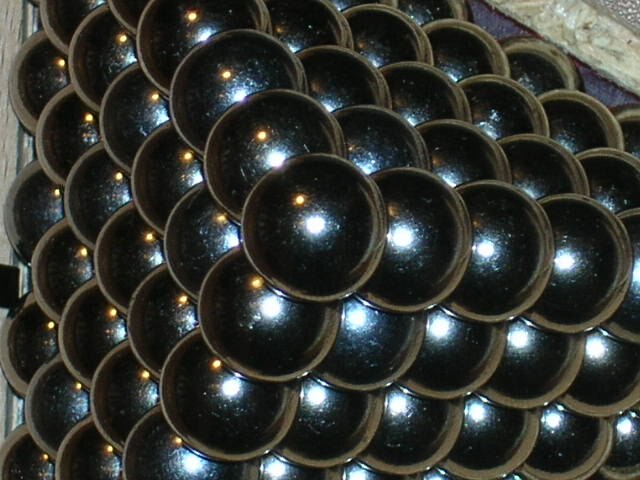Solid mechanics is the branch of continuum mechanics that studies the behavior of solid materials, especially their motion and deformation under the action of forces, temperature changes, phase changes, and other external or internal agents.
Galileo Galilei published the book "Two New Sciences" in which he examined the failure of simple structures
Isaac Newton published "Philosophiae Naturalis Principia Mathematica" which contains the Newton's laws of motion
Leonhard Euler developed the theory of buckling of columns
Solid is one of the four fundamental states of matter along with liquid, gas, and plasma. The molecules in a solid are closely packed together and contain the least amount of kinetic energy. A solid is characterized by structural rigidity and resistance to a force applied to the surface. Unlike a liquid, a solid object does not flow to take on the shape of its container, nor does it expand to fill the entire available volume like a gas. The atoms in a solid are bound to each other, either in a regular geometric lattice, or irregularly. Solids cannot be compressed with little pressure whereas gases can be compressed with little pressure because the molecules in a gas are loosely packed.
Single crystalline form of solid insulin.
Model of closely packed atoms within a crystalline solid
The pinnacle of New York's Chrysler Building, the world's tallest steel-supported brick building, is clad with stainless steel.
A collection of various minerals.







